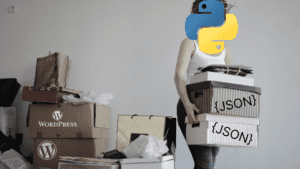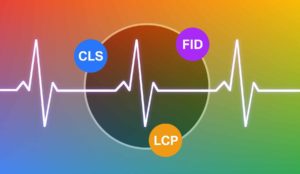Fine Art To Design
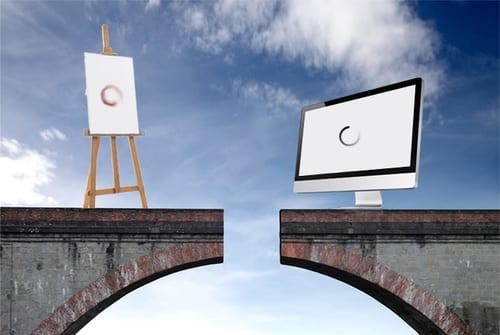
Have you ever wondered what happens inside the mind of someone who can paint a beautiful, ornate masterpiece? How about the thought process of someone who took a year to develop a logo as simple a Nike’s or Apple’s? Both of those products took just as much creative thinking and technical skill, so why are the results so different? The answer is that these are 2 entirely different creative fields that use almost opposite ways of thinking. Fine art is expression and design is creative compromise. Can people be fine artists and designers at the same time? And more importantly, can those 2 completely different skills complement each other?
When you are a kid and you have a knack for making things look pretty, or decorative, or realistic, people tell you that you are an artist. You color in your books, draw on your homework, and decorate your room. Why do you go around and try to beautify everything all the time? You do it because that’s how you want to see the world. A blank wall is an opportunity to put something there. A blank spot on a canvas makes you want you fill it in. The main point about it is that you do it for yourself. You have an impulse to express something deep from within and you can’t explain it in words.
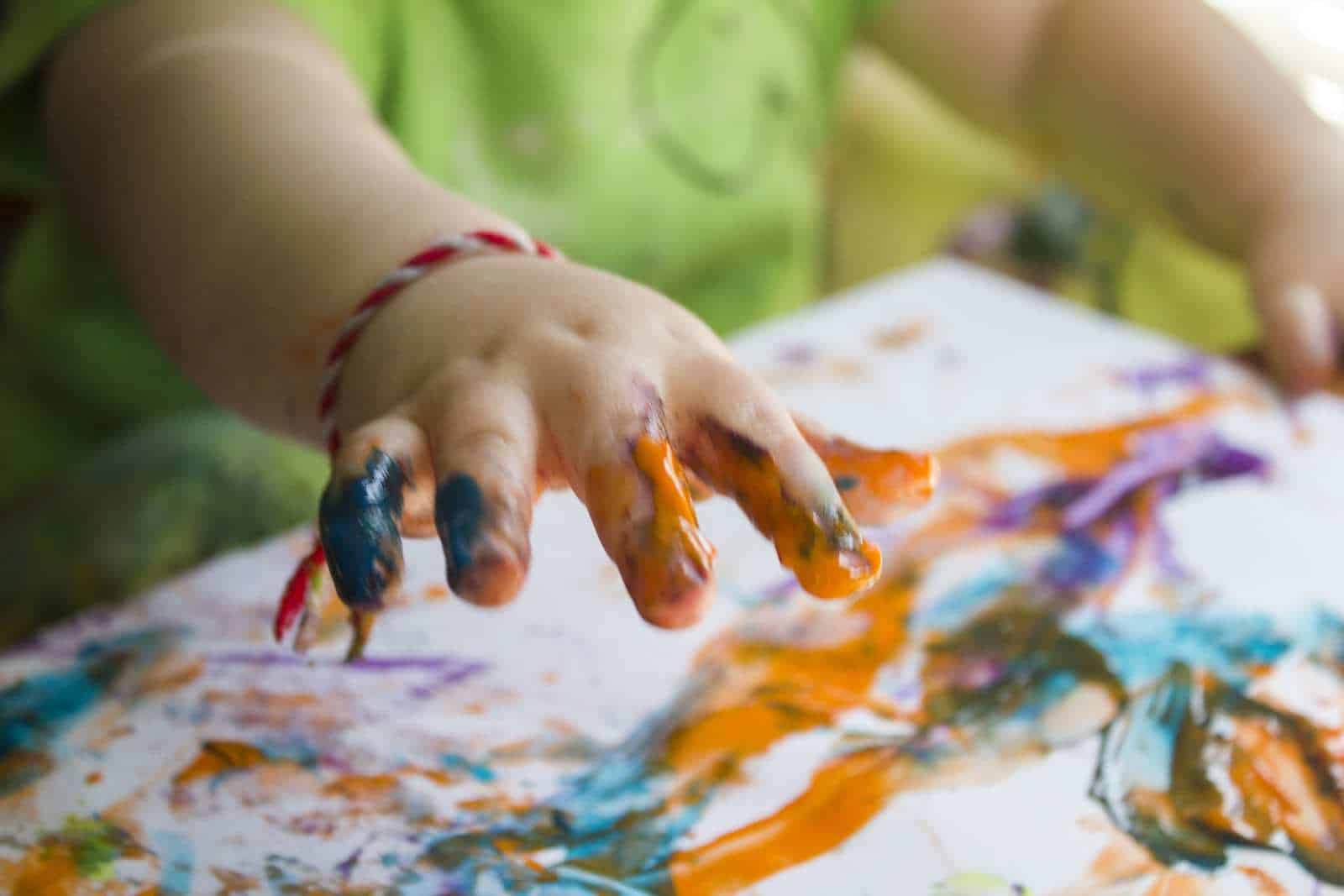
To be a designer is more about functionality. Your shape, color, and placement of elements is strategic and you clear away unnecessary clutter. This may be an organizational method for you to function efficiently in your own life, or a career in which you are required to sell a product. Either way, your final design is about getting to the point with as little confusion as possible. In the field of design, your work involves everyone else and their interaction with it affects how you will plan and execute your future projects.So what happens when someone who spends their life as a fine artist crosses over into the field of design? This is my journey from a fine-art hobbyist to a professional graphic designer. At first, the cross-over is a great challenge because the approach to fine art is more about letting things flow while design takes careful strategic planning, and A LOT of trial and error. When I first started to create logo designs for a creative marketing agency, I began with simple shapes and then kept adding things left and right, up and down, in all colors and styles. What happened was that the logo (which was supposed to be sleek and simple) turned into an elaborate digital painting. Though it looked nice, it was not what the client wanted. It was then that I realized I had only just completed step 1 of a multi-step process: the brainstorming session.
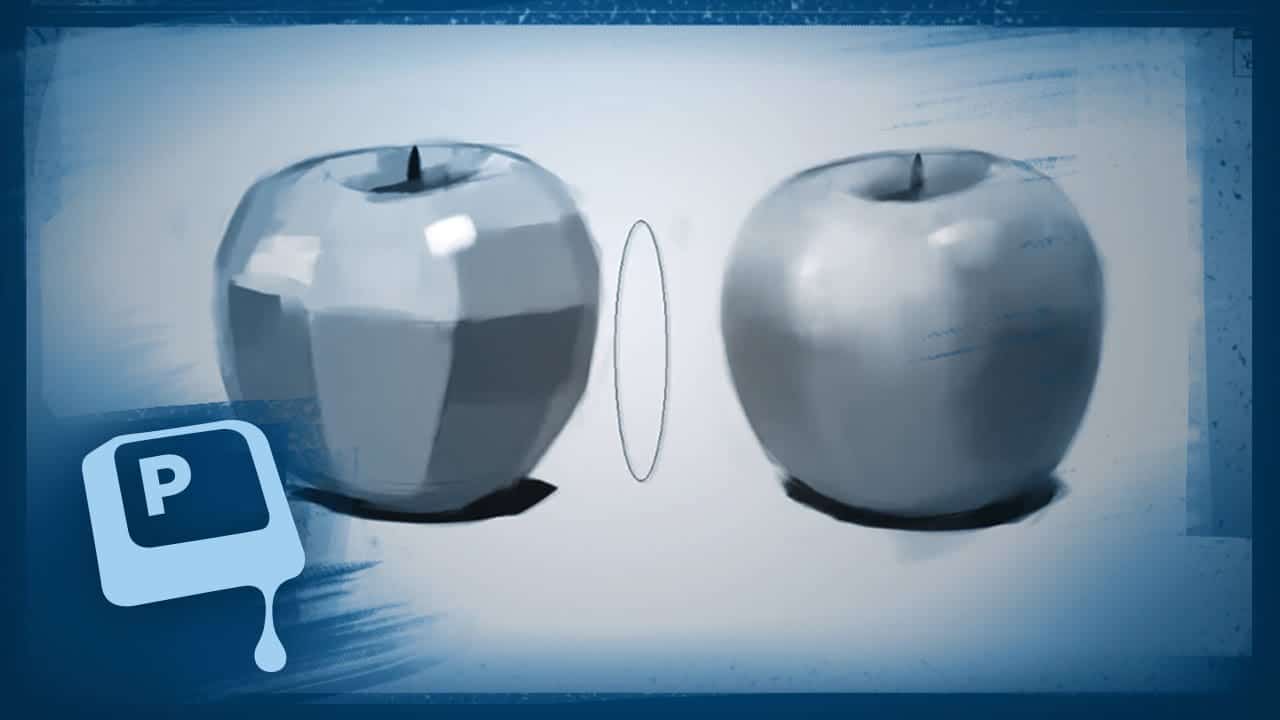
The brainstorm is everything you go through while you are creating a painting. The difference with a design is that the client doesn’t want to see your brainstorm. It will confuse them. They want to see the final product and how it will be implemented. After going through dozens of brainstorm sessions, hundreds of sketches, word associations, font decisions, color treatments, and a few client revisions, I arrived at the final product: A clean and simple design that says everything that we all wanted it to say and none of the other thousands of things I originally thought it should say. What happened in the end was a compromise. Something we could all agree on would represent the client and reach the targeted market. WOW that was different from a painting!With design, you may have to erase, redraw, crumble up your papers, and try again thousands of times before you end up with something that may be as simple as a circle or a square. You may go through a hundred color changes until you realize that you will choose the first color you started with. With a complex painting, you know you are done, when there is nothing more you can add. With a design, you know you are done when there is nothing more you can take away.
So how can these skills complement each other? It seems like the thought process of one conflicts with the process of the other. If you just freely express with a design, you will lose site of the agreement you are trying to make with the client. If you plan your painting too much and constantly think about how other people will view the end product, you hinder the organic and expressive nature. With good practice in both fields, you will be able to effectively cross pollinate the methods to create truly unique and effective works.
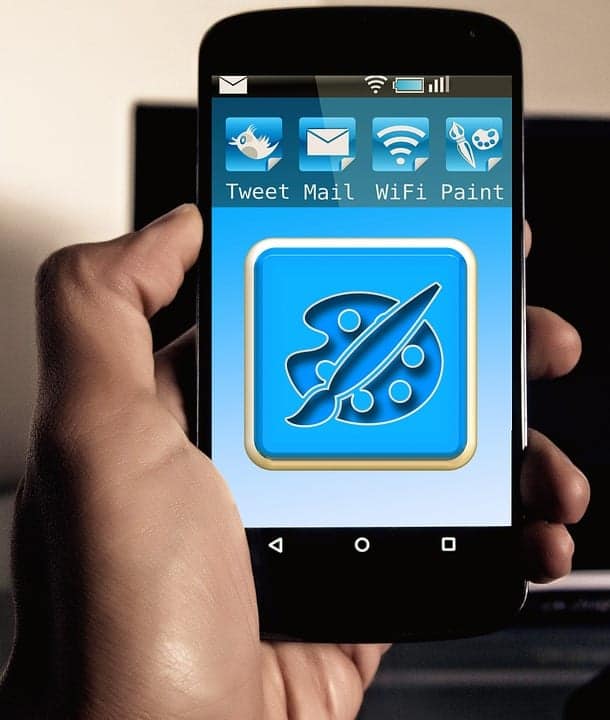
Being a designer can come in handy for a painter because with organizational and design skills, you may now mentally strategize the placement of your elements ahead of time. Your paintings may have more of a clean look but say just as much (if not more) than a more elaborate painting. On the other side, your fine art skills will come in handy for design during your brainstorming sessions. Your methods of free-flowing expression will provide a lot of new ideas to work with. In your final designs you will also be very effective in using color to convey emotions because that is what your language is when you have a painting background. You intuitively understand color interactions and shapes without even knowing what exactly it is that you understand.
Though it is extremely difficult to cross over to these different styles of art, it is worth it in the long run. You use different parts of your brain and then when the connection is made, you have this new power to create with decisiveness. You will understand the importance of failure and know that you will end up with something that will be successful and objectively pleasing to most people. Most importantly you will be able to visualize something you want to create for yourself and then be able to accurately execute it.

About Great Big Digital
Achieve your website goals with customized data, intuitive UX, and intentional design.
